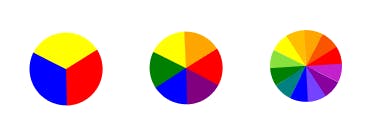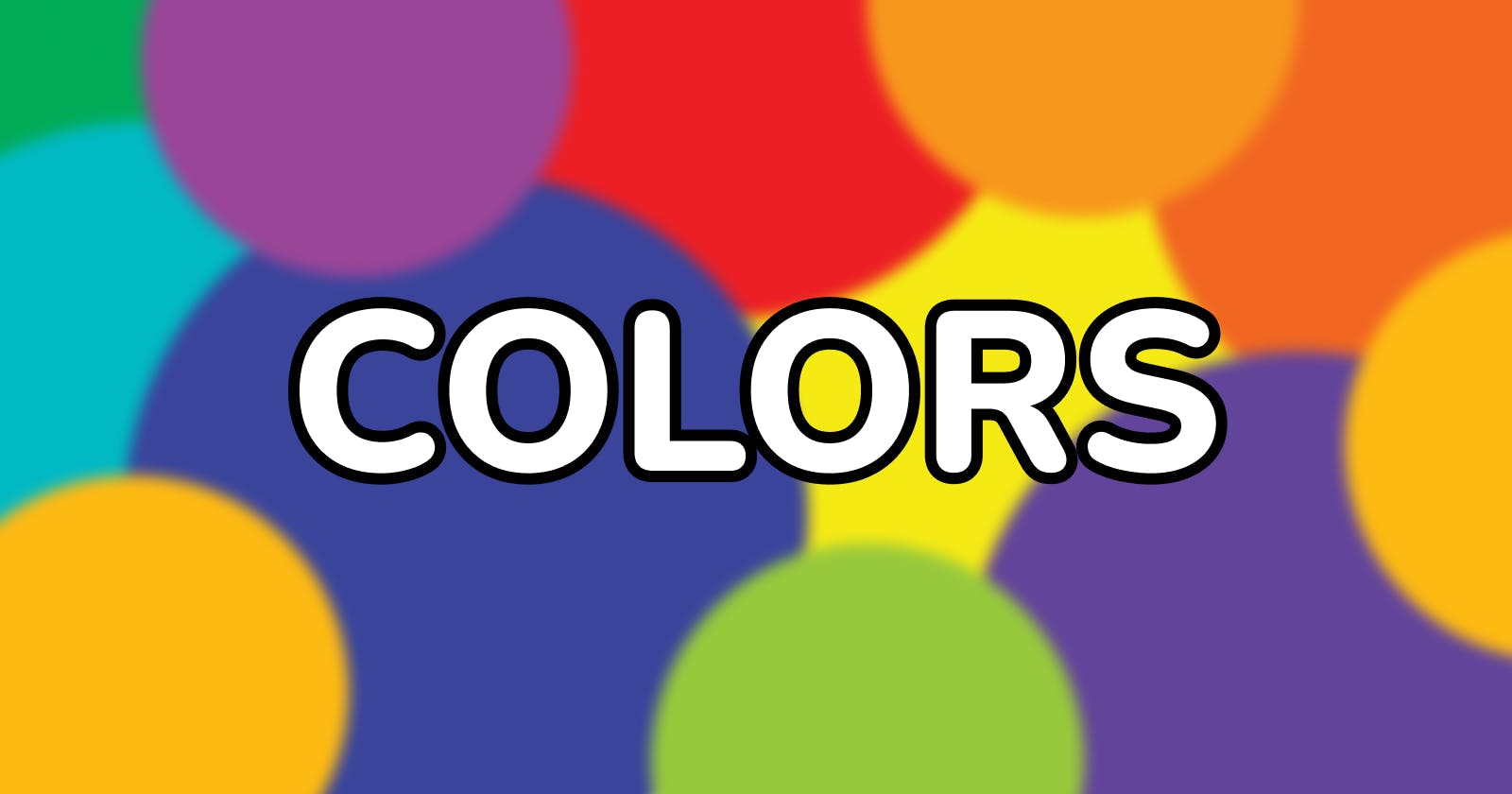Unmasking the Secret of Colors - Part 1: Color Properties, Its Models, and Wheels.
Introduction:
Can you imagine a world without colors or existence without color? As colors have emotions we should put that into consideration when choosing a color either for personal use or a project. Take a few minutes and make a simple sketch or illustration on white paper or in your imagination, how do you feel about that sketch?
The color talk isn't primarily new when it comes to the role it plays in every design. As a creative, it is one of the most important parts of your creation as it adds more details and emphasizes important parts of the design.
In this series of articles, we have outlined some aspects of colors, their properties, and how we can use them to bring out the best design results:
Part 1 (this article) focuses on color properties, its models, and wheels.
Part 2 goes on to explain harmonizing colors, color palettes, and their theory.
Part 3 goes deep into color psychology, its use in design, and its benefits.
Part 4 ends calmly with the considerations when choosing colors for a brand, a color scheme, and how when using colors.
Let's get started with Part 1:
Color
Is the property an object has that produces or results in different emotions when it reaches the eyes. It is a visual cue that aids in the differentiation of identical objects. In art, it is the basic element that involves light. No color exists on its own or in isolation because there are always colors or light conditions to compete with.
Color Properties
Colors are packed with or made up of properties each containing a wide range of possibilities.
Hue

Defines colors
Tints (making hue lighter): Is the mixing or combining result of an original color with white resulting in a color lighter than the actual color.
Shade (making hue darker)

Is the mixing or combining result of an original color with black resulting in a color darker than the actual color.
Tone (making hue duller): This is the mixing of pure colors with a neutral or grayscale color including and excluding two extremes white and black, making it softer than the original color.
Saturation (color strength or weakness)

This is the range or percentage from pure color (100%) to gray (0%) at a constant lightness level.
Lightness: It is the color range from dark (0%) to fully illuminated (100%).
Chroma (purity of color): This is any color deviation from neutral color perception, the lack of white, black, or gray added to color.
Color Models
Is a system used to describe colors, a way to specify or describe color numerically. It uses three primary colors to create a larger range of colors. There are two types by which a color wheel is formed.
Additive color model: it considers red, blue, and green as the primary colors (RGB color system). It is obtained by the addition of light, the basis of all colors used on the screen, and its combination in equal proportion produces the secondary colors (cyan, magenta, and yellow). It is what is seen in cameras, televisions, phones, computers, or anything screen display. The combination of these three colors in equal proportions results in the creation of a desired hue.
Subtractive color model: it is obtained by the subtraction of light, and is used in printing, silk-screening, and painting. The subtractive colors are cyan, magenta, yellow, and black (CMYK). The combination of the first three colors in overlapping layers produces black which later results in the production of the full color in photography. It consists of two other systems
I. RYB (red, yellow, blue) also known as the artistic system used in art education (painting).
II. CMY (cyan, magenta, yellow) is used in prints and in photomechanical printing which includes black ink which makes this system become CMYK (cyan, magenta, yellow, black).
Color Wheel

Is an illustration of color hues around a circle showing the relationship between primary, secondary, and tertiary colors. It can be used to develop color schemes. There are three categories of color wheels that when combined make up a bigger and more detailed wheel.

Primary color wheel: these are colors that can not be obtained by mixing other colors and they include red, blue, and yellow.

Secondary color wheel: these are gotten from the combination of two primary colors in equal proportions, they include purple, green, and orange.

Tertiary color wheel: is gotten from the combination of a primary color with a secondary color in equal proportion, they include magenta, vermillion, violet, teal, amber, and chartreuse.
The color wheel has more than twelve colors as the respective hues, tints, tones, and shades of all twelve colors are being visualized.
Conclusion
Color properties, such as hue, saturation, and brightness, allow us to manipulate and control the visual impact of colors. By carefully selecting and combining hues, we can create harmonious or contrasting color schemes that evoke specific emotions and convey desired messages. Color models, such as RGB (Red, Green, Blue) and CMYK (Cyan, Magenta, Yellow, and Black), provide standardized systems for representing colors digitally and in print. These models enable designers to communicate color choices accurately and consistently across different mediums and devices.
By mastering the concepts of colors, color properties, models, and wheels, designers and artists can unleash their creativity and effectively communicate through visual means
In Part 2 we'll look into harmonizing colors, color palettes, and their theory.
Thank you for reading. Do well to Follow, Like, and leave a comment.
